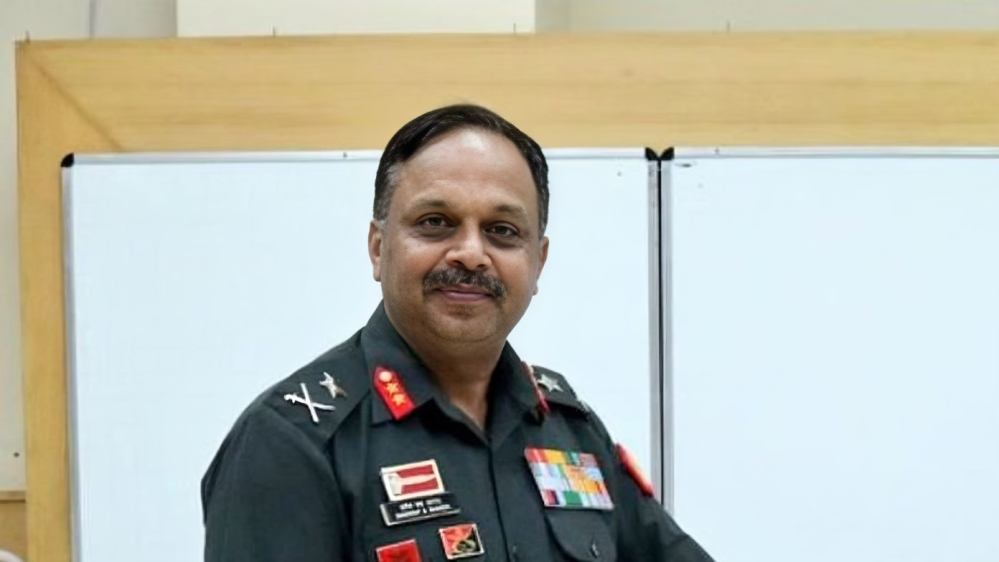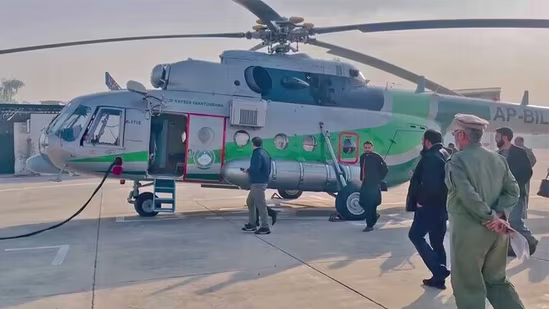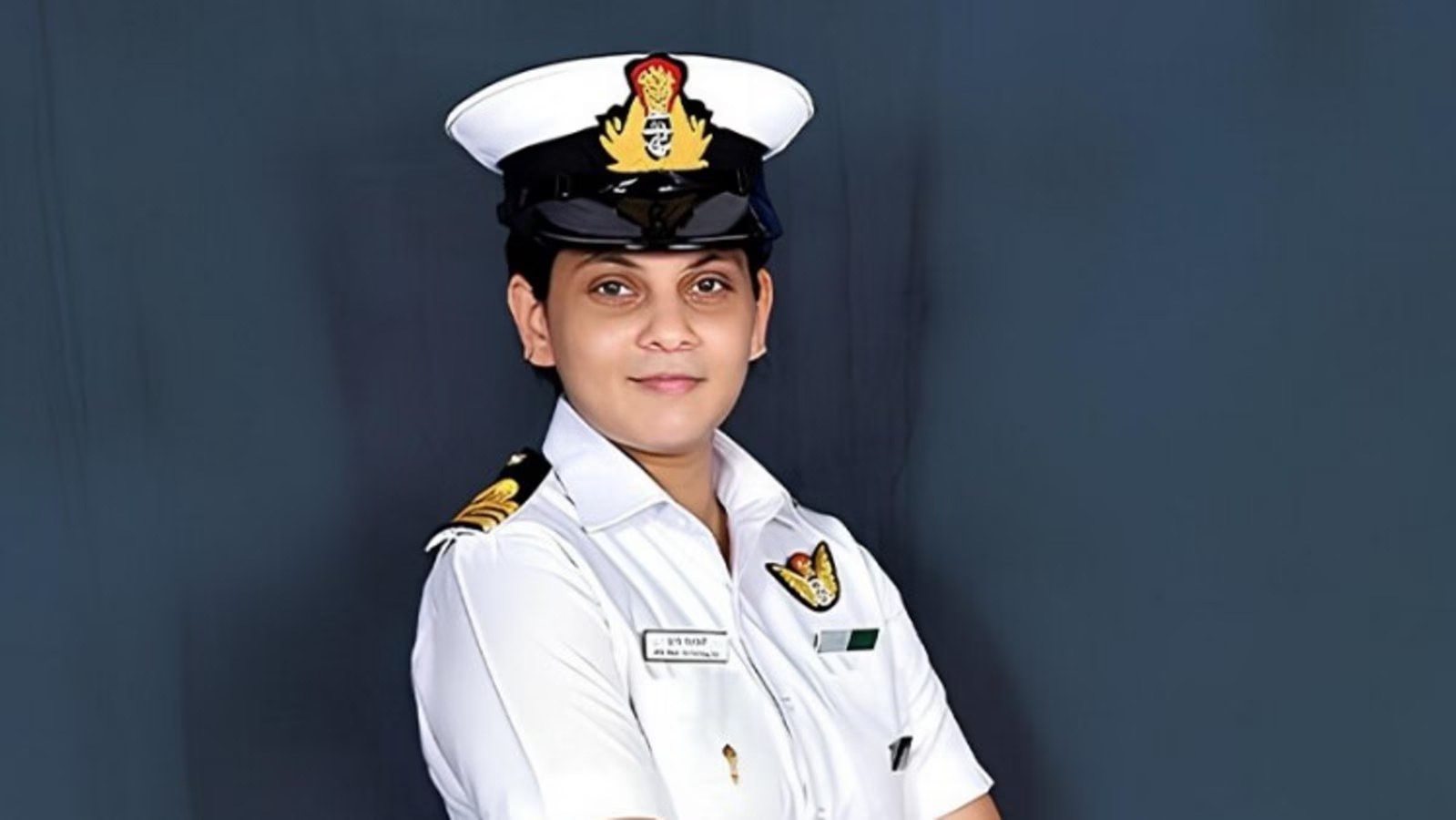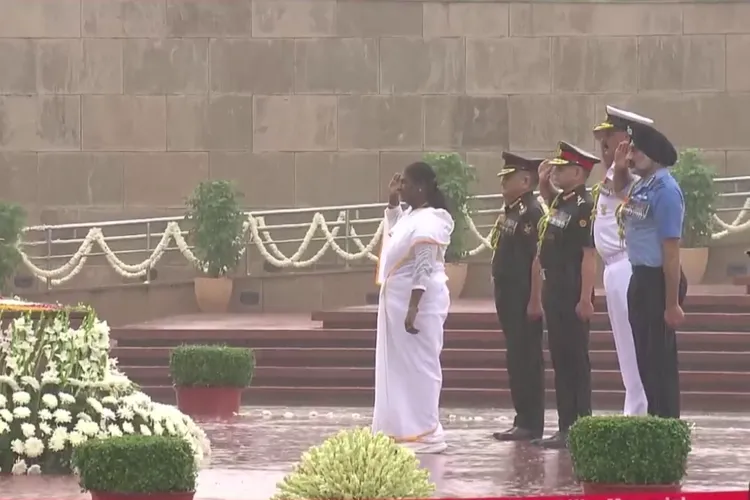Meet Major General SS Sharda: Yudh Seva Medal Awardee Who Led Indian Army’s Information Warfare in Operation Sindoor
Major General Sandeep S. Sharda, Additional Director General (ADG) of Strategic Communication, has been conferred the prestigious Yudh Seva Medal…
Who is Captain Lalrinawma Sailo, 4 PARA (SF): First Mizo Officer to Receive the Kirti Chakra
In a moment of profound national pride, Captain Lalrinawma Sailo, an officer from the elite 4 PARA (Special Forces) unit…
Pakistan: MI-17 Helicopter Crashes During Flood Relief Mission, 5 Crew Members Killed
An MI-17 helicopter of the Khyber Pakhtunkhwa provincial government crashed on Friday during a rescue and relief operation in flood-hit…
Who is Commander Prerna Deosthalee, Indian Navy Officer Who Appeared on KBC Independence Day Special?
Commander Prerna Deosthalee, one of the most accomplished women in the Indian Navy, recently appeared alongside Colonel Sofiya Qureshi and…
Colonel Sofiya Qureshi Reveals Family Fought for Rani Lakshmi Bai on KBC Episode
Colonel Sofiya Qureshi of the Indian Army has revealed that her ancestors fought alongside Rani Lakshmi Bai during the 1857…
President Droupadi Murmu Pays Tribute to Bravehearts at National War Memorial
President Droupadi Murmu marked the 79th Independence Day by paying homage to the fallen soldiers of independent India at the…






